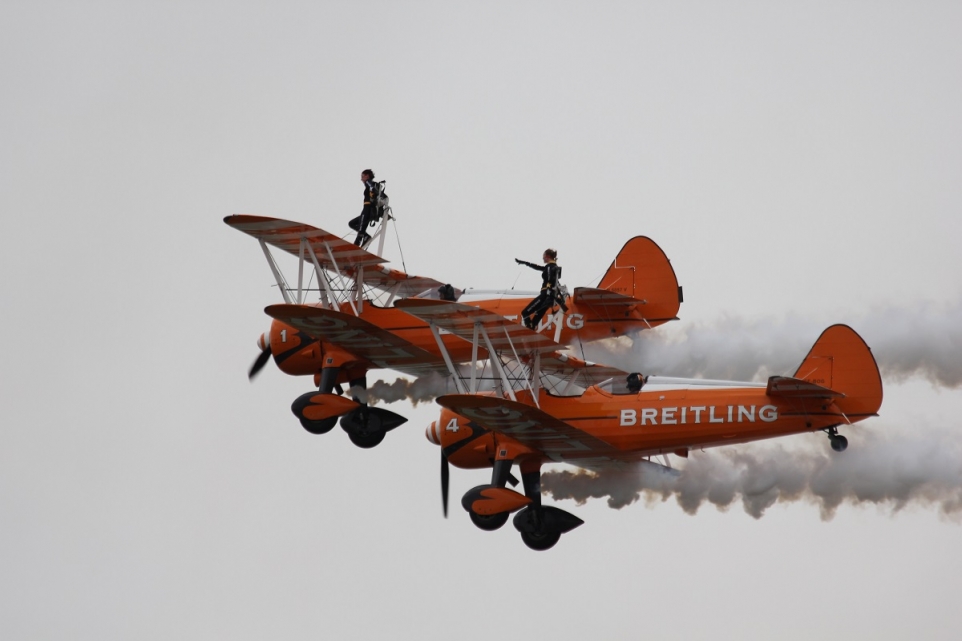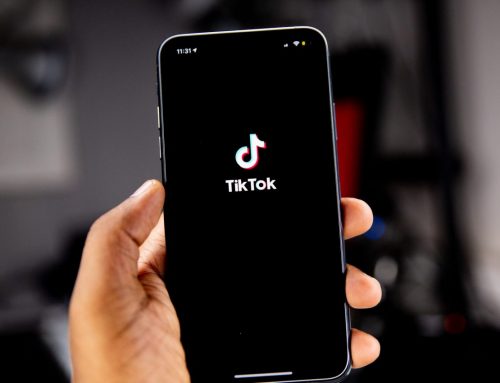A PR Nightmare or The Golden Goose?. . . The Shock & Awe of PR Stunting.
A company’s relationship with the public decides its customer base, and while that can decrease or multiply with time, a good way to kick it forward is to increase their public relations in a meaningful way. Food drives for the poor, raffles for hospital drives, or being all the angels on a Christmas tree are great but often slow, rarely generating the buzz to get people talking. And since everyone knows the best advertisement on Earth is word of mouth, they decided to generate that extra buzz by pulling off an entirely unexpected stunt.
Stunts are defined as displaying spectacular skill and daring, or something unusual done to attract attention. They exist to make the news, no matter how large or small the impact happens to be, and make those performing into household names. They’ve been used through the years to promote a variety of things, from movies to burgers to undergarments. That last one was still operational as of July 2018, with five of eleven cash caches placed by Fruit of the Loom still hidden, waiting to be found by New Yorkers who love scavenger hunts.
Not all of them turn out okay though, and with brand names on the line, one should do lots of planning before rocket-shipping a car into space.
The Stunt History of Public Relations
Such public displays aren’t new. The 1800s thoroughly enjoyed them, and ever since the Crash at Crush in 1896, when the Katy Railway crashed a pair of trains together and got national attention, companies have been trying to outdo themselves and their competitors. In the early 1900s, Hollywood was getting started and needed to get into the marketing too, and Harry Reichenbach set the tone for their publicity from a history with the circus, known for big, flashy aplomb and crowd-drawing promotions.
With this kind of history, the motto adopted for public relation stunts was bound to happen; go big or go home. The bigger the stunt, the greater the press response, the larger the outcome. Like Evel Knievel, it couldn’t be a stunt that had been done before, and it had to be something tailored to the brand.
And just like Evel Knievel’s stunts, these grand events also carried the risk of failure.
A Big Flop or A Grand Affair?
Of course, what defines a good PR stunt is subjective thanks to the wide variety of companies you have in the world, and also depends heavily on who happens to be concocting the scheme.
In 1956, Cecil B. DeMille decided to advertise for his Ten Commandments by having reproductions of the stones spread throughout America. The resulting legal storm and lawsuits that emerged from this decision continued on for years afterwards, with one of them going all the way up to the Supreme Court. In the same year, the Catholic Church condemned the movie Baby Doll for the risque shot of actress Carroll Baker painted on a Times Square billboard.
Meanwhile, Jim Moran drummed up plenty of anticipation for The Egg and I more than a year before it came out, hatching an ostrich egg with the aid of a special wheelchair and the Los Angeles Ostrich Farm, and Howard Hughes opted to The Outlaw written in the sky.
But even more recently Tourism Australia hijacked Hollywood for Dundee: The Son of a Legend Returns Home, and Now TV decided the best way to celebrate the 25th year of the Jurassic Park franchise was a giant Jeff Goldblum before London’s City Hall. IHOP pulled off a terrifyingly realistic name change to promote their burger line by temporarily becoming IHOb, and Finland turned folks heading to Ruisrock into singers themselves with a car powered by music. Burger King and Wendy’s went to the prom, and Colonel Sanders was reincarnated as a wee girl named Harland Rose in exchange for her future college funds.








Leave A Comment